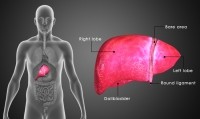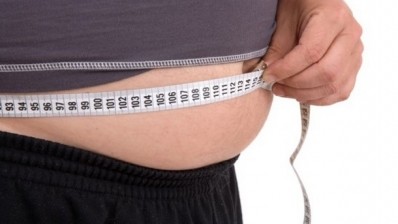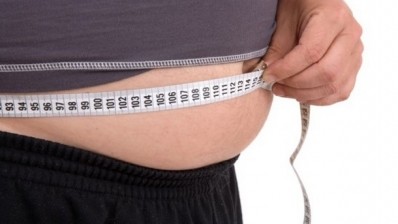Forget weight, body shape is key indicator for heart attack risk, study finds

The findings challenge current assessments of weight in which BMI and waist circumference are taken as reliable measures for defining overweight individuals.
The current study along with previous studies, suggest waist-hip ratio as the more valuable measure.
Accurate determination of weight and its relationship to heart attack risk is even more crucial considering the upward trend in weight status and its consequences for increasing the chronic disease burden in populations.
Cohort of Norway

In a collaboration between the Norwegian Institute of Public Health and the University of Bergen, researchers studied 140,790 healthy participants drawn from the Cohort of Norway.
Subjects that were 18 years and older were assessed during the period 1994-2003 and underwent a health screening.
Body weight, height and waist (WC) and hip circumference were measured, which allowed a BMI (kg/m2) and WHR (waist in cm/hip in cm) to be calculated.
Follow-up information to find out how many had suffered an acute heart attack was then carried out in 2009.
The researchers found that a high waist-hip ratio (excess abdominal fat, or an “apple” shaped body) identified individuals at risk of future heart attack even after considering risk factors like smoking, diabetes, blood pressure, cholesterol and body mass index.
26% of heart attacks in young to middle-aged women under 60, and 9% in young to middle-aged men, were linked to a high waist-hip ratio.
This was after taking into account BMI and normal cardiovascular risk factors.
Waist-hip ratio was not as strongly related to risk of heart attack among study participants who were 60 years of age or older.
This was due to ageing associated with body composition changes which reduce the predictive value of measures of obesity.
The researchers found that even for men and women with a slim waistline (less than 102cm for men and less than 88cm for women), a high waist-hip ratio predicted an excess risk of heart attack.
Waist-hip ratio

“These findings are important because they suggest that waist-hip ratio can be used to identify individuals at risk, particularly women who would not be identified through other means,” said the study’s main author Professor Grace Egeland at the Norwegian Institute of Public Health and the University of Bergen.
“Although body mass index is useful, it is not a perfect indicator of obesity since it can be influenced by muscle mass and leg length, and doesn’t tell us how the weight is distributed.”
According to the research paper, a hip measurement indicates pelvic size and the existence of muscle and fat around the hips. On the other hand, waist circumference indicates the potential for fat accumulation around the organs, which is a health risk. When both waist and hip measures are combined (waist-hip-ratio) it results in a more reliable indicator of heart disease risk.
According to the World Health Organisation (WHO), a healthy waist-hip ratio is under 0.90 for men and under 0.85 for women.
A number of previous studies have supported this study’s findings on age, demonstrating the link between BMI and total mortality, which weakens with increasing age.
However, little research has been done on body measurements and chances of heart disease between younger and older adults.
In a review of 58 prospective studies, an increase in BMI, WC, and WHR was associated with a higher risk for CHD and ischemic stroke for study participants aged 40-59 than among those 70 years or older.
“Obesity, particularly central fat patterning, likely contributes to CHD via multiple pathways involving oxidative stress and inflammation, steroid hormones, free fatty acids, and altered production and function of adipocyte-derived hormones,” the researchers explained.
A higher WHR is marker of visceral fat, lower physical activity, and reduced muscle endurance and muscle mass in the thighs, as well as hormone changes that promote lipid accumulation.
Further research has identified increasing hip diametre as inversely related to cardiovascular disease.
Source: Obesity
Published online ahead of print, DOI: 10.1002/oby.21452
“High Population Attributable Fractions of Acute Myocardial Infarction Associated with Waist–Hip Ratio.”
Authors: G. M. Egeland, J. Igland, S. E. Vollset, G. Sulo, G. E. Eide and G. S. Tell


















